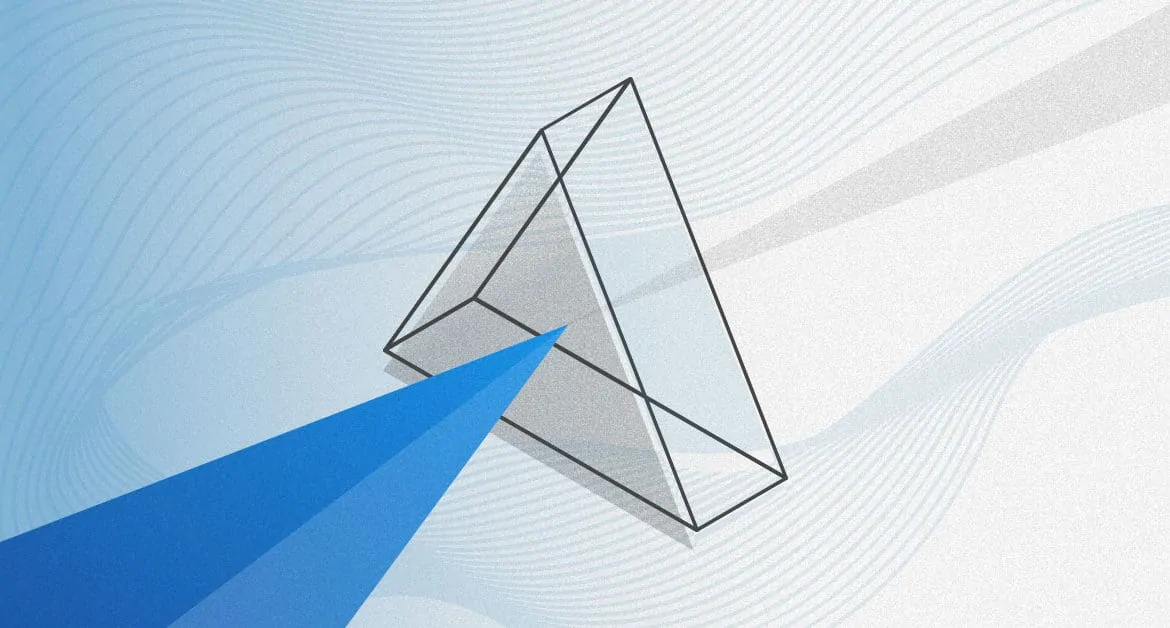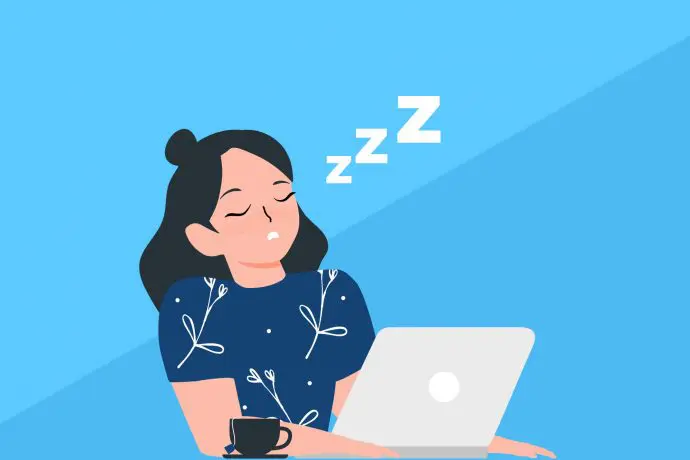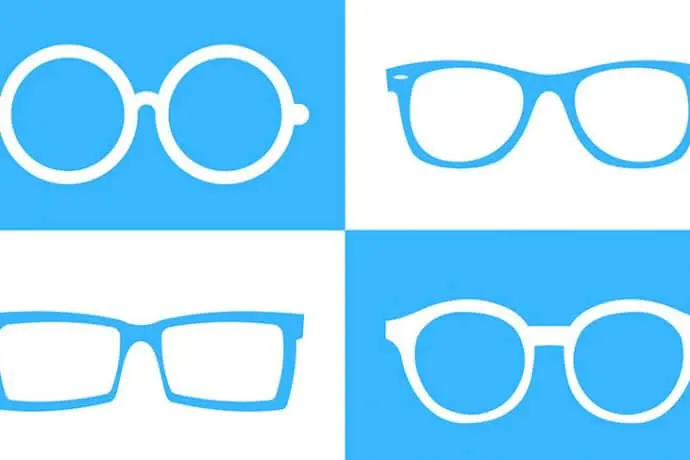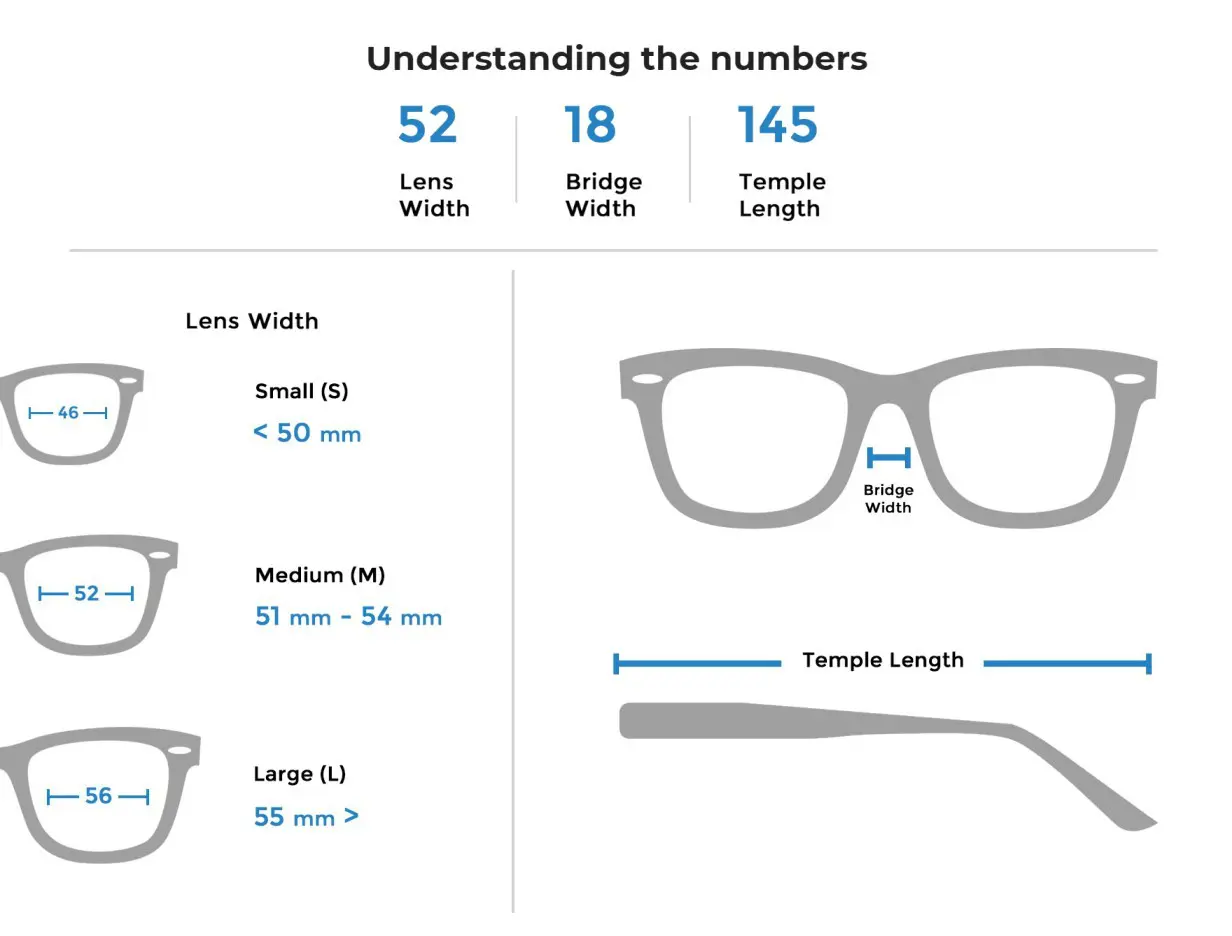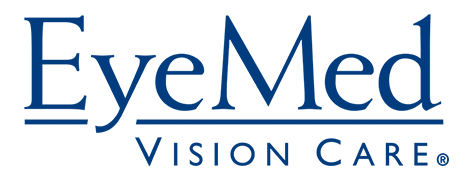What is blue light?
Throughout the day, we encounter many different forms of light: sunlight (direct or that gross, gloomy one), the light that comes on when we flip the light switch, or that white one that comes from our laptops and phones.
These forms of light might seem simple, but in reality, they are genuinely complex. These sorts of light expose our eyes to different kinds of rays, which can have different effects on them.
Today, we’ll touch upon blue light and explain what it is, where it comes from, and what its effects are on our everyday lives.
The different sorts of lights
Sunlight is composed of different lights – red, orange, yellow, green, and blue light, as well as their various shades.
When these lights are combined, they create sunlight – the white light.
These lights have different wavelengths and different energies. Light rays with long wavelengths have less energy, and those with short wavelengths contain more energy. There is a red end of the light scope and a blue end.
The red scope contains lights that are visible, and the blue range includes those that aren’t visible. Blue light is a light ray on the blue scope. It has a wavelength in the scope of 380 – 500 nanometers, which makes its energy bigger than other visible light rays, whose wavelengths go from 500 – 700 nm.
The only lights that have more energy than blue light are the ultraviolet ones, which are invisible to the eye and go from 100 – 380 nm. UV lights are also called blue violet or violet lights.
The positives and negatives of UV
The beneficial side of UV lights is very well known – it helps us to create necessary amounts of vitamin D.
But, as we already said, invisible UV lights emit higher energy than visible ones, and that’s why they can cause a change in human skin, such as tanning. Too much exposure to the UV light can cause skin burns, and in the worst-case scenario, it leads to skin cancer.
UV rays can also cause sunburned eyes, which can cause a condition called snow blindness. Snow blindness or photokeratitis is a brief and painful loss of vision induced by the overexposure to the sun’s UV rays. Snow blindness doesn’t have to include snow.
It bears this name because snow strongly reflects the UV lights, but people can burn their cornea without the snow by overexposing the eye to the UV light source, such as the sun. Sun lamps in tanning booths can also cause photokeratitis. This condition is preventive by wearing glasses that block 100% of UV rays during daylight.
Key facts about blue light
Blue light is, as we already mentioned, on the blue scope of light rays. It is visible, but it has more energy than the other visible lights, such as red or yellow lights. Just like the UV lights, blue light has its benefits and dangers.
Let’s distinguish them.
- Blue light is found everywhere.
Sunlight is the main source of blue light.
Blue light rays are the ones that make the sky blue.
So, when we’re exposed to daylight, we are also exposed to the blue light radiation. Blue light also exists in human-made products, such as LED light bulbs, or television screens. All digital screens we use daily emit blue light: computer screens, laptops, tablets, TVs, and mobile phones.
Nowadays, both our work and interests have glued us to these screens. The interesting fact is that digital screens emit less blue light than sunlight. However, the amount of time we spend exposing our eyes to it is what harms us.
2. Our eyes aren’t blocking blue light very well.
The structure of an adult human eye consists of a cornea and lens. These parts are very good at blocking UV lights from reaching the retina located at the back of our eyeballs. But, all visible light rays, including blue light, can bypass the cornea and lens and reach our retina and damage it.
There are various ways blue light can cause damage to our eyes:
- disruption of our circadian rhythm which leads to significant sleep disturbances
- blurry vision, inability to focus, dry and irritated eyes
- neck pain, back pain
- headaches
and many more.
To completely protect your glasses from UV rays, people need to wear sunglasses that are 100% UV-proof. Luckily, some eyeglasses can protect your eyes from the dangers of blue light, too.
3. Overexposure to blue light can lead to macular degeneration.
We mentioned how blue light, as a visible light ray, can easily penetrate and reach the retina of our eye. That means that blue light has the potential to damage the light-sensitive cells inside of the retina.
Such damage can lead to problematic changes in our eyes, which could look like macular degeneration and lead to impaired vision, or even permanent blindness. Macular degeneration is the degeneration of the macula – a small central area of the retina of the eye that controls visual acuity.
The macula is a vital part of our eye – it gives us the ability to see and recognize people’s faces, to read, to drive, and to perform any other task that requires seeing fine details. There is no remedy for macular degeneration, but fortunately, there are ways to prevent it or at least to cause a delay in its progression.
4. Blue light can severely damage our natural ritual of sleep.
When talking about human’s circadian rhythm, exposure to the blue light is a double-edged sword. Blue light rays that exist in the sunlight are those that help us wake up in the morning and improve our brain function throughout the day.
Blue light improves our mood and keeps us alert. But, at the same time, too much alertness and hyper-productivity lead to difficulty falling asleep. Over-exposing ourselves to blue light emission makes us more awake, even when we’re physically tired. A simple example of a disruption of our wake & sleep cycle is this: being alert ’till late in the night means harder waking up the next morning.
Exposure to the blue light suppresses the natural production of a hormone that regulates our sleep – melatonin. The lack of melatonin makes it harder for us to fall asleep and to enjoy a deep, restorative sleep that brings health to our whole organism. So, in the evening, when it’s time to prepare for bed, the worst thing a person can do is treat his or her eyes to the extensive radiation of blue light.
How to protect your eyes from blue light
Our lifestyles keep us stuck using screens all day. The majority of people are already doing all sorts of work on the computer, and when they’re not, they’re using other screens for fun. Mobile phones and tablets – everybody has one! It’s become common even for kids to use multiple screens throughout the day.
One of the most obvious ways to help yourself is to limit screen time. Sometimes, it’s easier said than done, especially with our hectic lifestyles and work necessities. But it is also the most straightforward way. An additional way to minimize blue light radiation from our phones (and some tablets) is to use a blue filter glass on the top of your mobile phone or tablet/iPad screen.
Some phones even have the option to decrease blue light exposure manually and increase the yellow one. This option is commonly called Night Mode. There is also a convenient method that can help your eyes take a break from staring at the screen: the “20-20-20” rule.
It is pretty self-explanatory: for every 20 minutes of screen time, you should look at an object that is 20 ft apart for (at least) 20 seconds. Short breaks like this one keep your eyes relaxed and protect them from digital eye strain, over-alertness, and eventually sleep disruptions.
One way is to enhance your daily nutrition with vitamins and carotenoid supplements. Start using eye drops and pay attention to your blinking. The dryness of the eye comes from the prolonged focus on the screen, which leads us to blink less frequently than we usually do.
That makes our eyes dry and irritated.
Finally, if you’re working those late-night shifts in front of a screen, or your favorite entertainment includes a big screen for an extended period of time, you might want to check out blue light blocking glasses.
What’s the use of blue light glasses?
Blue light glasses are glasses with specially crafted lenses that work on blocking or filtering out the blue light emitted from digital screens.
Blue light blocking lenses are supposed to protect your eyes from the harsh blue light and can help diminish potential damage to your retina from continued exposure to blue light.
Blue light glasses are a relatively new solution for improving the negative benefits of overexposure to the blue light. But, they have helped numerous people to keep the damage from the blue light exposure at bay. They cannot completely diminish the damages, but they can dramatically help your eyes to relax. One segment where blue light glasses absolutely work is improving sleep.
A study from 2017 conducted by the University of Houston discovered that participants wearing blue light glasses revealed an approximate 58% increase in melatonin. Subjects (ages 17–42) wore short wavelength‐blocking (aka blue light blocking) glasses prior to bedtime, each night for two weeks. After the experimental period, their pupils showed a slower redilation phase, resulting in a significantly increased post-illumination pupil response to one‐second short-wavelength light, and decreased area under the curve for one and five‐second short-wavelength light, when measured at the same time of day as a baseline.
The level of the night time melatonin increased from 16.1 ± 7.5 pg mL−1 to 25.5 ± 10.7 pg mL−1. Objectively measured, the sleep duration of the subjects increased in approximately 24 minutes.
“By using blue-blocking glasses, we can both improve sleep and use our devices.” declared Lisa Ostrin, Ph.D., who’s a professor at the university’s College of Optometry.
Don’t forget that blue light is essential.
Short-wavelength blue light is essential to our everyday lives. It helps us get up and function normally throughout the day.
When outside is sunny, people are in better moods, work productively, and feel better in general. Most of these benefits stem directly from being exposed to blue light rays.
Blue light keeps us awake, alert, and productive. So, what we can conclude is that there are several approaches that can put you in a better position regarding the overexposure to the blue light.
Select a quality pair of blue light blocking glasses. They’ll protect your retina from blue light penetration and keep your eyes relaxed. So, these extra screen hours won’t affect your sleep as much as they did before.
Limit screen time. Give yourself short breaks when spending long periods in front of a screen by using the before presented 20-20-20 rule. Blink more often, and keep a bottle of eye drops near you. The extra moisture will keep your eyes from drying out and getting irritated.
Fall asleep more naturally by stopping using screens at least two hours before going to sleep (or an hour, but make sure to switch on the night mode on that screen).
There are a plethora of things a person can do to relax from a stressful day of work instead of gluing their eyes to a screen.
Take a short, brisk walk around the block to fill your lungs with oxygen, and maybe to decrease those energy levels even more.
Close your eyes and take a few minutes to stretch. You can do basic stretch movements or revel in some easy yoga poses that will prepare your body and mind for a good night’s sleep.
Try taking a warm, Epsom-salt bath to completely relax your muscles and tissues from a long day.
If you simply cannot go without any sorts of entertainment, read a book (and wear a pair of readers).
Fill your bedroom with lights that are red or have a reddish tone, because red light doesn’t shift circadian rhythm as much as blue light, and it doesn’t suppress melatonin.
Also, in days when you know you’ll need to spend some time in front of a screen, make sure to use melatonin supplements to fall asleep easier at night and wake up as fresh as you can in the morning.
Discover our range of blue light blocking glasses that offer 100% UV protection, are scratch-resistant, block all HEV lighting, and can be worn at both daytime and nighttime – visit our shop and choose amongst men’s, women’s and unisex models.

